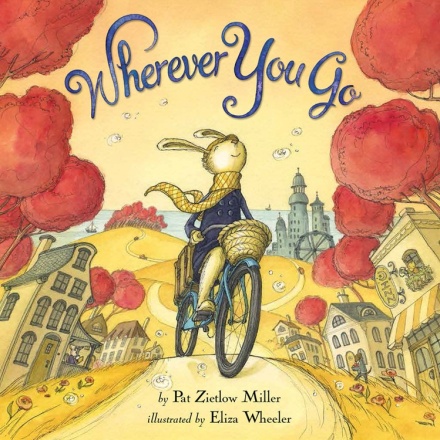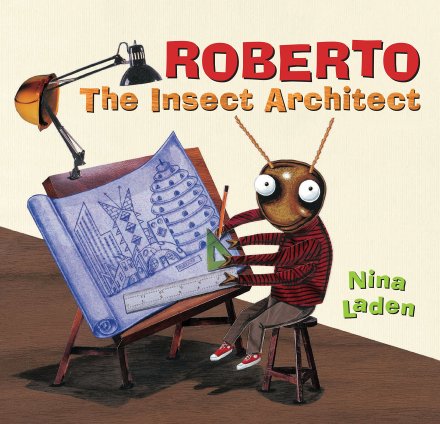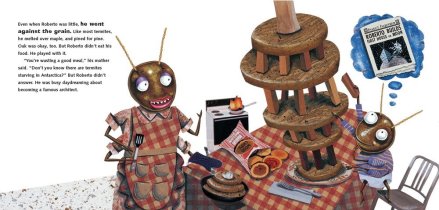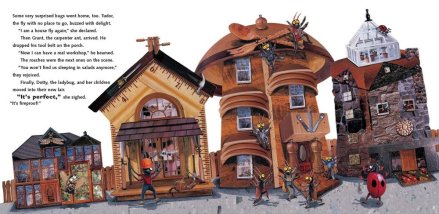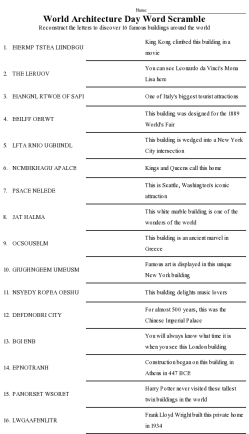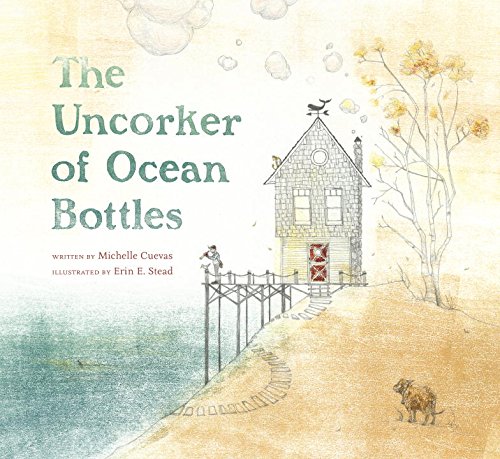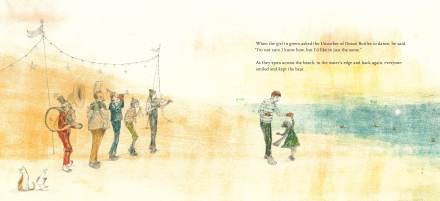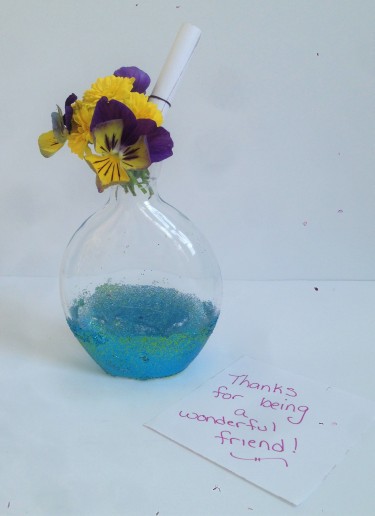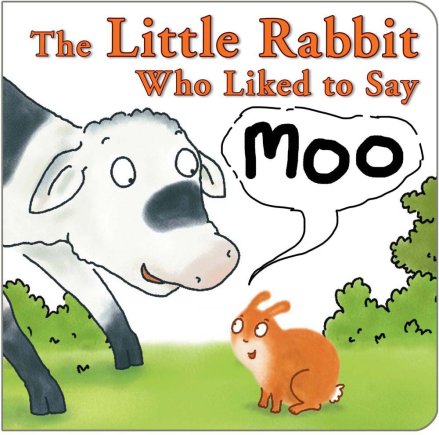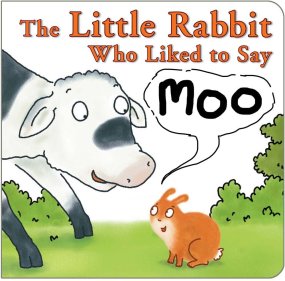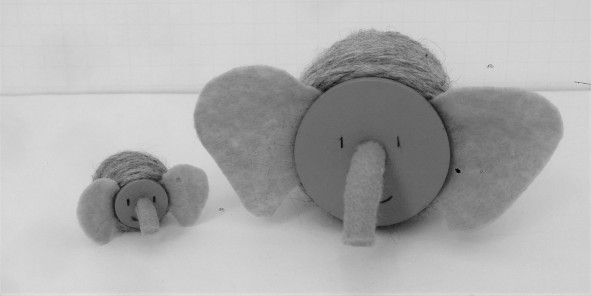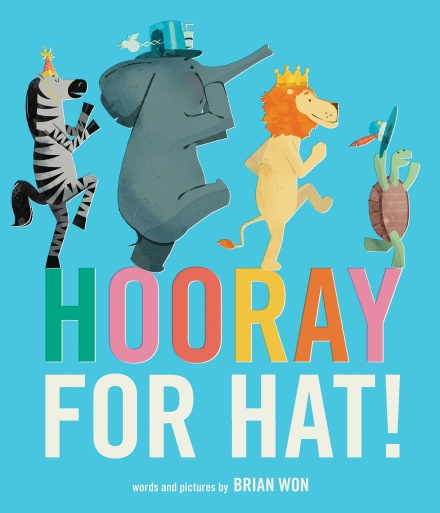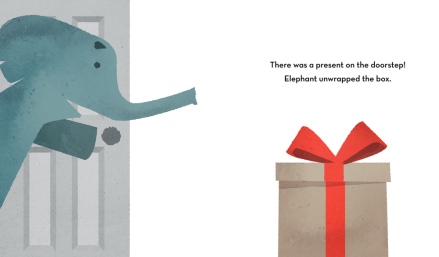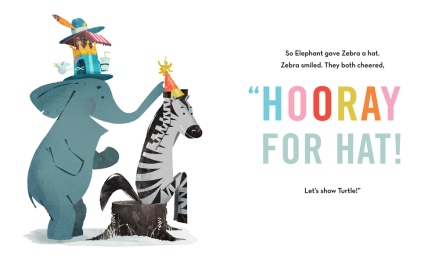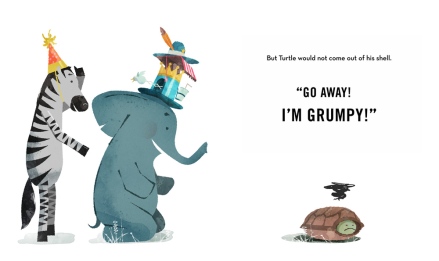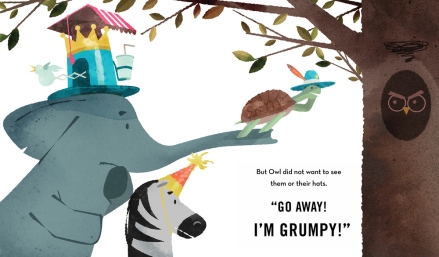About the Holiday
Established in 2008, Global Dignity Day aspires to inspire and educate young people to understand their self-worth and achieve their goals. Events take place in schools in the Americas, Europe, Asia, the Middle East, Africa, and Oceania. On this day speakers from all walks of life speak to children, revealing experiences from their life and work as it relates to dignity and a sense of self-respect, accomplishment, and interconnectedness.
Students then talk among themselves about what dignity means to them, and many speak their thoughts in front of the class. Following this they write letters to themselves outlining their feelings and aspirations. The letters are collected and handed back to them on the next Global Dignity Day so each child can assess how their life has changed and whether they have achieved their goals or are working toward them.
Today take some time to measure your own sense of dignity and to set goals. Discuss the issue with your child or children and make sure they know that whatever road they choose, they deserve dignity and the opportunities to achieve their full potential.
Wherever You Go
Written by Pat Zietlow Miller | Illustrated by Eliza Wheeler
“When it’s time for a journey, to learn and to grow, / roads guide your footsteps wherever you go. / Roads give you chances to seek and explore. / Want an adventure? / Just open your door.”
So opens this lovely, inspirational picture book that looks at life through the metaphor of those sometimes straightforward, sometime winding, but always intriguing roads. In these pages “Roads…go” over hills, under bridges, and through valleys. They can take you past vast seas and small streams. “Roads…zoom” through brightly lit cities, and “bend,” taking you on detours “you wouldn’t expect, / showing you various ways to connect.”
Roads can bring you closer to your dreams, but also veer away, giving you choices “To go? / Or to stay?” “Roads…reach” from shore to shore or mountain to mountain, “attaching two places that once were apart.” You can “choose to cross over. Follow your heart.” Some roads are small—only built with one lane, but they merge with another “and the two become one.”

Image copyright Eliza Wheeler, courtesy of hachettebookgroup.com
With time and change “Roads…grow,” becoming longer and wider and more populated with people you know and those you don’t—yet. Often “Roads…wait. For click-clacking trains / and boats with tall sails. / Slow-going hay wagons carrying bales. / Stoplights and crosswalks, a deer with a friend. / Roads sometimes pause, or just come to an end.”
Roads also rise to dizzying heights and the sense of accomplishment is well worth the climb. From on top “Roads…remember. Every life landmark, the big and the small. / The moments you tripped, the times you stood tall.” At last when you’re ready there are roads that will help you find your way home. So… “Which path should you choose? / That’s easy to see. / The one that will take you / where you wish to be.”
Pat Zietlow Miller’s lyrical journey down the paths life presents is an enchanting quiet-time and story-time read. Wherever You Go also offers parents, caregivers, and teachers a wonderful opportunity to discuss the concepts of self-confidence and self-respect and also the idea that life is made up of many different experiences that can be accepted or rejected like alternate routes on a map. Miller’s rhymes flow as smoothly as an wide open country road, soaring and winding on her exquisite descriptions and word choice. Adult readers may well find a catch in their throat as they read the last line to their children.
Eliza Wheeler captures not only the literal meanings of the lines in Wherever You Go, but also the heart and thoughts of life’s travels. Her softly hued watercolor-and-ink illustrations glow with the promise and possibilities encountered on life’s roads. Intricate details fill every page to show readers that their journeys are shared. Children will enjoy following the main character, a rabbit who rides a bike along a chosen path, but they will also love keeping track of traveling companions met along the way.
Wherever You Go is a fabulous book for all children and makes a wonderful gift for baby showers, new babies, and graduations. The gender-neutral text offers inclusiveness for all.
Ages 4 – 9 (and up)
Little Brown and Company, 2015 | ISBN 978-0316400022
Discover more about Pat Zietlow Miller, her books, and her writing life on her website!
View a portfolio of artwork and a gallery of books by Eliza Wheeler on her website!
Before taking off on your journey, watch this Wherever You Go book trailer!
Global Dignity Day Activity

I Love Myself! Heart-Shaped Letter Tempate
Before you start life’s journey and while you travel the roads you choose, it’s important to believe and remember that you are unique, wonderful, talented, and valuable. Children and adults can use this printable heart-shaped I Love Myself! Letter Template to write a letter to themselves or their children about what makes them such a fantastic person and the goals they want to achieve.
Picture Book Review

